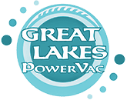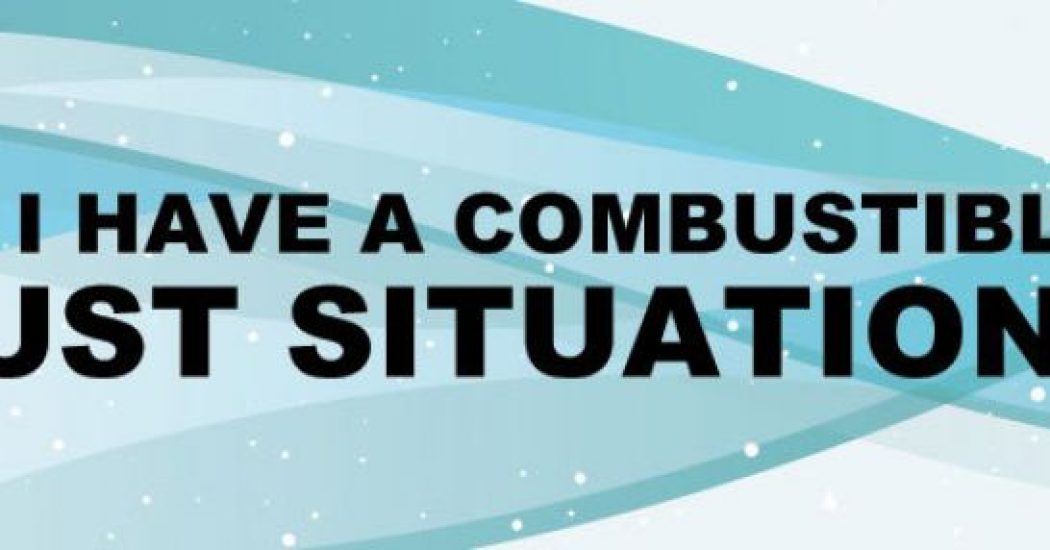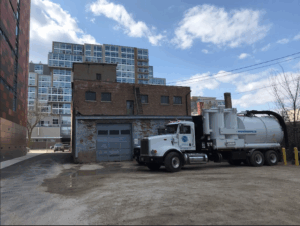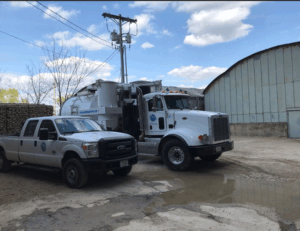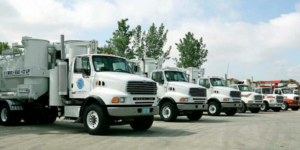According to the NFPA (National Fire Protection Association), any dust that poses a deflagration hazard, regardless of particulate size or shape, is considered combustible.
Referencing NFPA standards, OSHA has identified three types of facilities that are deemed hazardous due to the presence of combustible dust in the atmosphere:
- Metal dusts such as aluminum, magnesium and other commercial alloys
- Carbonaceous dusts that have more than 8% total entrapped volatiles, or have been sensitized by other materials so they present an explosion hazard
- Dusts emanating from flour, grain, wood, plastic and chemicals
The following list of specific products helps illustrate the wide variety of industrial facilities that could have the potential of a combustible dust fire or explosion:
- Powdered milk
- Sugar
- Coffee
- Corn meal
- Rice
- Tea
- Coal
- Pine soot
- Sulfur
- Aluminum
- Epoxy resin
OSHA provides an extensive list of products and materials that present a combustible dust explosion risk. Download OSHA Poster
TESTING FOR DUST COMBUSTIBILITY
If you operate a facility that fits any of the above descriptions, it is time to begin taking the potential of combustible dust seriously. However, the only way to definitively conclude that a dust is combustible is to have it tested in a laboratory.
“If the dust burns exothermically, it has the potential to be a combustible dust,” says Dr. Chris Cloney, managing director and lead researcher for DustEx Research, a company with worldwide focus on increasing awareness of combustible dust hazards.
The next question is whether or not the dust can burn fast enough to cause a flash fire or explosion. “I recommend putting the dust through the NFPA’s go/no-go test to see if it burns,” Cloney says.
Laboratory analysis is a particularly useful step for one simple reason: Dust you might not think is combustible could be, and conversely, dust you think is combustible might not be.
“We recently had a client in the tobacco industry,” says Ashok Dastidar, vice president of dust and flammability testing and consulting services at Fauske & Associates, an Illinois-based world leader in nuclear, industrial and chemical process safety. “NFPA standards suggest that tobacco has certain combustible properties. The client sent us a sample. It was a very fine dust. We tested it and it didn’t explode. If the client had assumed their dust was combustible, they may have been overly conservative in implementing an abatement plan.”
According to Dastidar, the process of having a dust sample tested is relatively straightforward and inexpensive. Download How to Speak Combustible Dust Testing
“The cost of having a test done is insignificant compared to the cost of installing all kinds of unnecessary protection equipment,” Dastidar points out. “Even if you look at that list of products from OSHA and assume your dust is combustible, it’s still important to have your dust tested to determine how energetic and sensitive the material is.”
Dastidar says facilities should take dust samples from various locations:
- Dust collection equipment, i.e. cartridge filters
- Overhead bins
- Horizontal ledges
- Floor
“We recommend that material of 500 microns or smaller be tested to see if it will explode,” Dastidar says. (That’s a particle size of about half a millimeter.) Dust that comes back as non-explosible can typically be deemed lower priority and revisited later on, perhaps at an even finer dust fraction to see if a smaller particle size creates an issue.
“Dust that comes back from testing as explosible requires further testing,” Dastidar adds. “It’s much like going to the doctor for your annual checkup. You get your bloodwork done and then have your consultation. With dust testing, that first round of screening tells you there is a problem. But then you need data to solve the problem.”
For example, a corn-milling facility is placing its overly fine material into a baghouse. A sample is taken from the baghouse and sent to a lab for testing. The sample proves explosible. The facility is now required by OSHA and the NFPA to address the hazard. In order to properly design the necessary protection systems, additional data is needed.
“You now want to have the dust tested at a level below 500 microns, perhaps at 75 microns,” Dastidar says. “This round of testing is to determine explosion severity, which relates to ASTM E1226. Additional tests will help determine how easy it is for the material to ignite.”
Dastidar says this data will help guide any outside firm hired to design and install dust mitigation equipment within the facility. Without this data, the firm could end up mis-sizing the mitigation equipment, resulting in either an inadequate level of safety, or on the other hand, an overly aggressive level of safety that leads to unnecessary added cost for the facility.
DOES OUR FACILITY HAVE TOO MUCH DUST?
Another thing facilities must be aware of is the volume of dust accumulating in different areas. NFPA 654 offers guidance on dust levels.
Immediate cleaning is warranted whenever a dust layer of 1/32-inch thickness accumulates over a surface of at least 5% of the floor area. It’s also important to recognize that the dust coverage area includes structures such as overhead beams and joists, ducts, the tops of equipment, and areas around any dust collection equipment installed within the facility.
“People tend to react to the dust they see at eye level,” says Rob Towey, operations manager for Great Lakes Power Vac, a Wisconsin-based provider of industrial cleaning and environmental services since 2004. “What you have to remember is that there is also a lot of dust accumulating above your head. Our crews will typically find a lot of dust accumulation around production lines.”
In general, any horizontal surface where dust can accumulate should be inspected. Even vertical surfaces should be looked at from time to time. Every facility is different. Only thorough, regularly occurring inspections will help prevent dust from accumulating to an unsafe level.
“How often we’re called in to clean a facility really depends on the customer,” Towey says. “Some customers call us as soon as they start seeing a light dusting on surfaces. Others seem to wait until there is 15 years’ worth of dust on the rafters.”
Waiting 15 years is obviously not a wise idea given the tight NFPA guidance of 1/32-inch thickness. Towey says most of Great Lakes Power Vac’s customers like to adhere to a regular maintenance schedule.
“Some customers like us to clean up their dust twice a year, some prefer once a year, and others prefer every other year,” Towey says. “It all depends on the facility itself and how quickly dust tends to get airborne and accumulate. Another factor is the quality of the dust collection systems in the facility.”
A facility could be fined by its AHJ (authority having jurisdiction) if it doesn’t maintain certain housekeeping and combustible dust abatement practices, according to NFPA. It’s important to note that “smaller” accumulations of dust in isolated spots normally will not be classified as a housekeeping violation. However, it’s difficult for a facility to make this judgment call on its own since the pace of dust accumulation can be difficult to predict.
Given the seriousness of combustible dust from both a safety and financial standpoint, it makes a lot of sense for an industrial facility to get on a good housekeeping and preventive maintenance program — and stay on it.
